15 Extinct Animals That Keep Getting Spotted In The American Wild
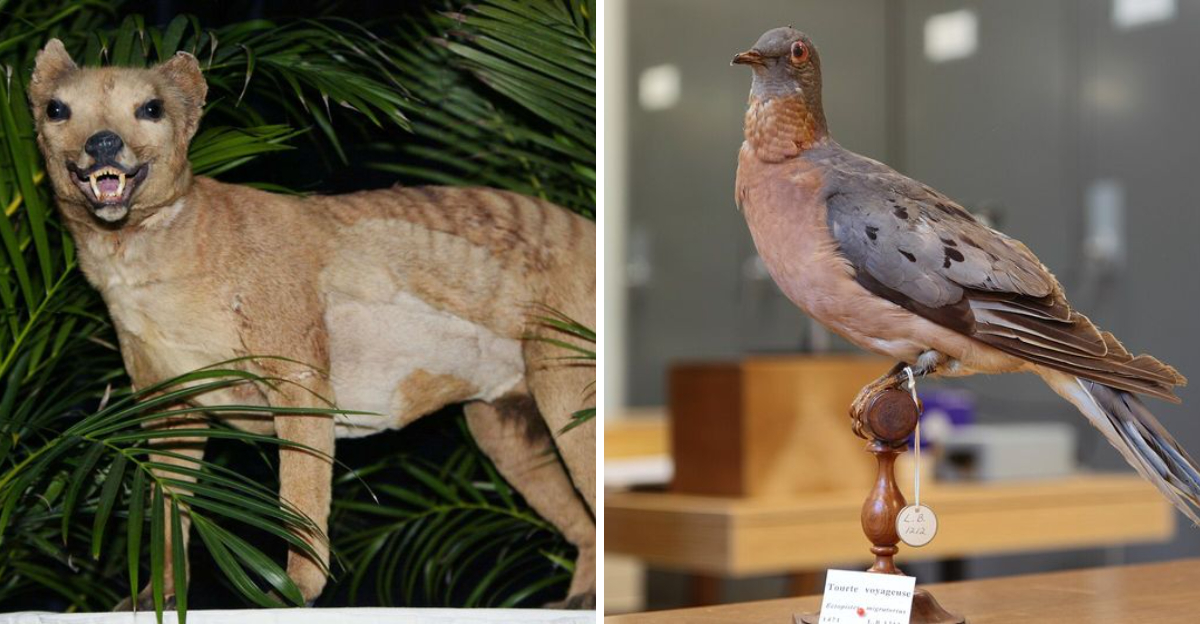
The wilderness of America holds many secrets, including possible glimpses of animals long thought gone forever.
From the dense forests of Appalachia to the remote Alaskan coastline, reports of extinct creatures continue to surface year after year.
These mysterious sightings captivate our imagination and raise an intriguing question: could some of these vanished species still be out there, hiding just beyond our reach?
1. Eastern Cougar
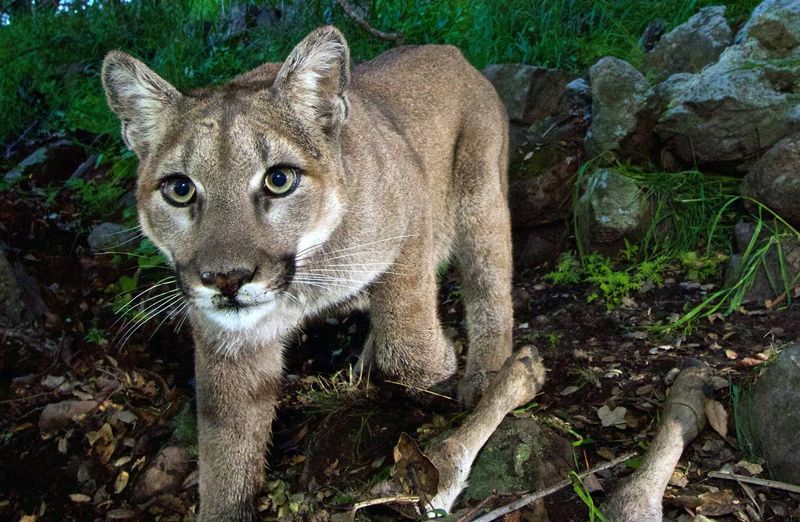
Haunting the shadows of eastern forests, these tawny ghosts refuse to disappear completely from public consciousness. Despite official extinction declarations in 2011, wildlife officials receive dozens of reported sightings annually.
Many witnesses describe the distinctive long tail and muscular build with conviction that suggests more than mere mistaken identity. Remote trail cameras occasionally capture tantalizing glimpses of large cat-like creatures where no cougars should exist.
2. Ivory-Billed Woodpecker
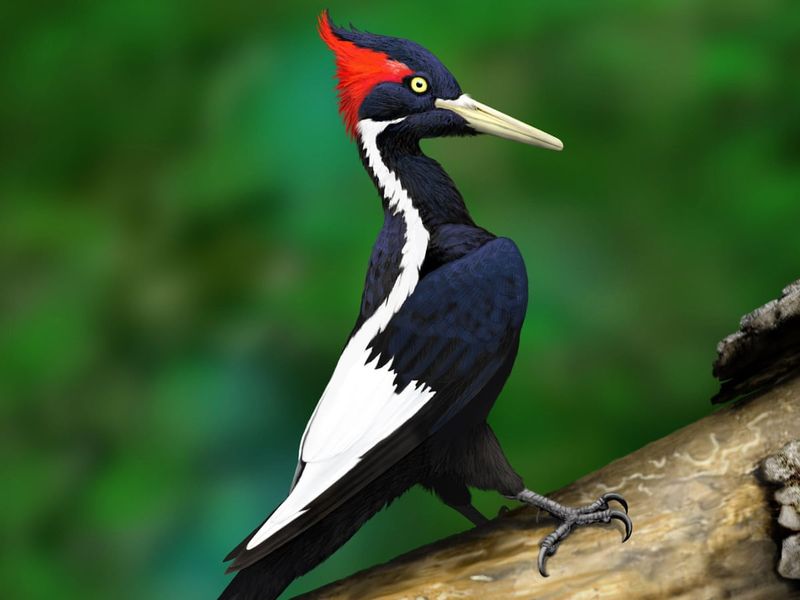
The ‘Lord God Bird’ earned its nickname from the awestruck exclamations of those lucky enough to spot one. This magnificent woodpecker with its striking white bill and bold markings was last officially documented in the 1940s.
Dedicated birders continue their pilgrimages to Arkansas and Louisiana swamplands, following reports of the distinctive double-knock drumming pattern unique to this species. Some researchers believe small populations may persist in inaccessible cypress forests.
3. Carolina Parakeet
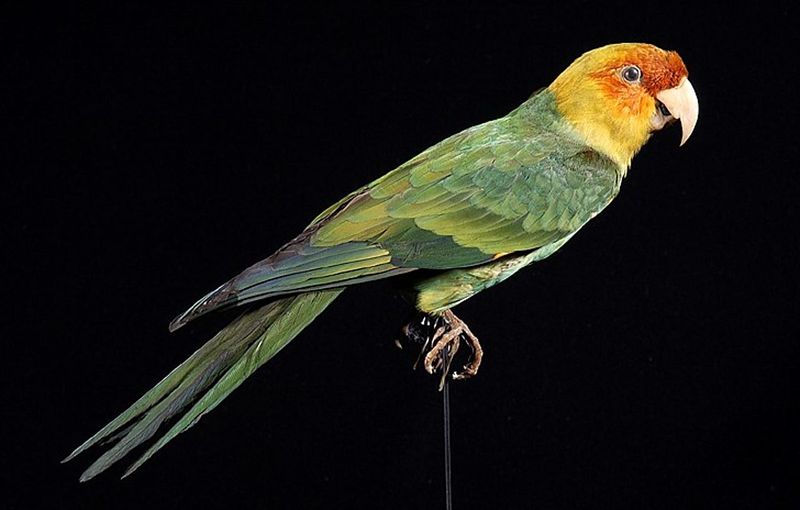
Flashes of emerald and yellow once brightened eastern skies as these vibrant parakeets traveled in noisy flocks. America’s only native parrot vanished by the early 1900s, victims of deforestation and the millinery trade’s demand for colorful feathers.
Yet occasionally, birdwatchers report small groups of parrot-like birds with distinctive green and yellow plumage in remote southern woodlands. Most experts attribute these sightings to escaped pet parakeets establishing feral colonies.
4. Passenger Pigeon

Once so numerous their migrations darkened skies for days, passenger pigeons represented one of North America’s most abundant species. Their catastrophic decline from billions to zero by 1914 remains a sobering conservation lesson.
Rural residents occasionally report seeing flocks of slender, long-tailed pigeons with rusty breasts unlike common rock doves. Ornithologists suggest these are likely misidentified mourning doves or band-tailed pigeons, though the reports persist across the Midwest.
5. Tasmanian Tiger (Thylacine)
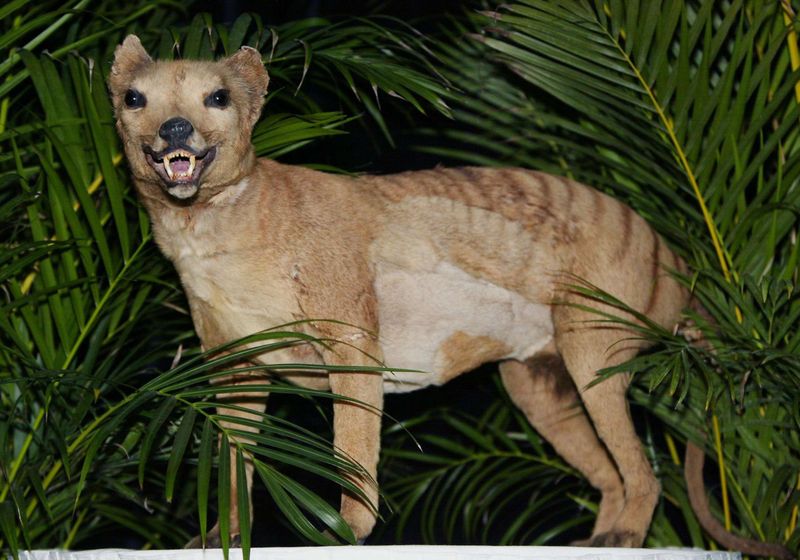
Strange tales circulate among backpackers about dog-like creatures with tiger stripes and unusual hopping gaits spotted in remote wilderness areas. While native to Tasmania, not North America, these reports persist across multiple states.
Some cryptozoologists theorize about possible zoo escapees or deliberate releases creating phantom populations. The distinctive striped back and stiff tail described in sightings match no known native American predator, adding to the mystery.
6. Great Auk
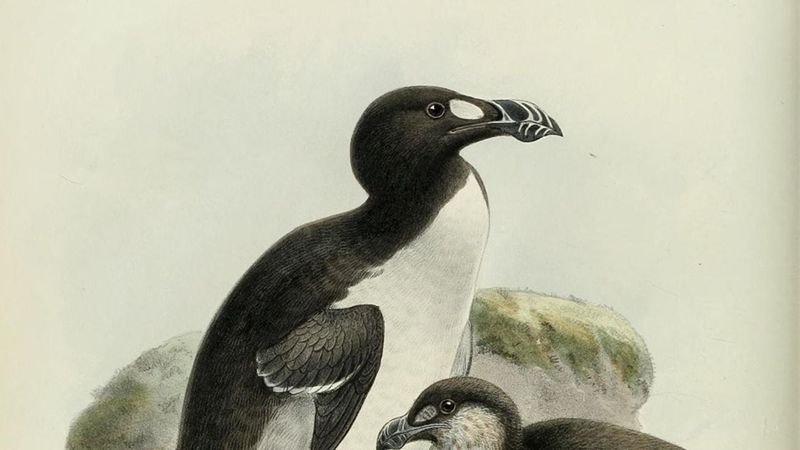
Standing nearly three feet tall, these flightless “northern penguins” once waddled along North Atlantic shores before hunting eliminated them by 1844. Their distinctive black and white plumage and upright posture made them unmistakable.
Fishermen working remote northern coastlines occasionally report penguin-like birds where none should exist. Most scientists attribute these sightings to razorbills or other auks viewed from misleading distances and angles.
7. Steller’s Sea Cow
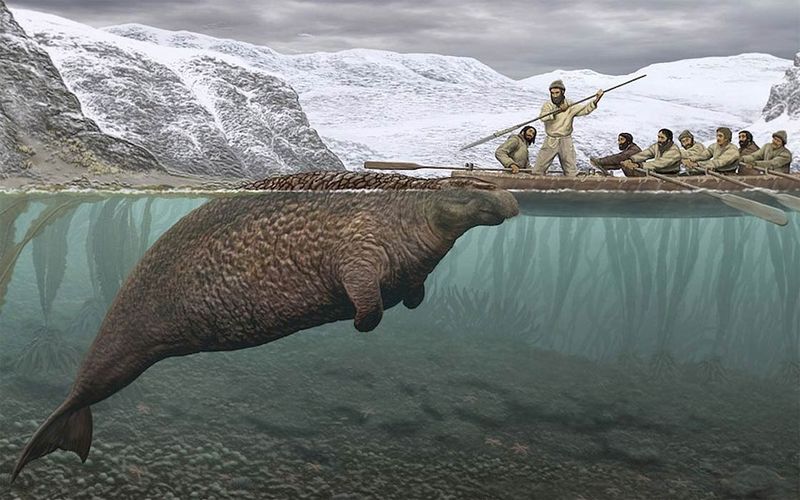
Imagine a manatee the size of a school bus—that was the Steller’s sea cow. These gentle marine giants, reaching lengths of 30 feet, were hunted to extinction within 27 years of their discovery by Europeans in 1741.
Alaskan fishermen occasionally report massive, slow-moving shapes beneath their boats that dwarf modern manatees or dugongs. Marine biologists suggest these might be misidentified elephant seals or small whales viewed under challenging conditions.
8. Red Wolf (Eastern Population)
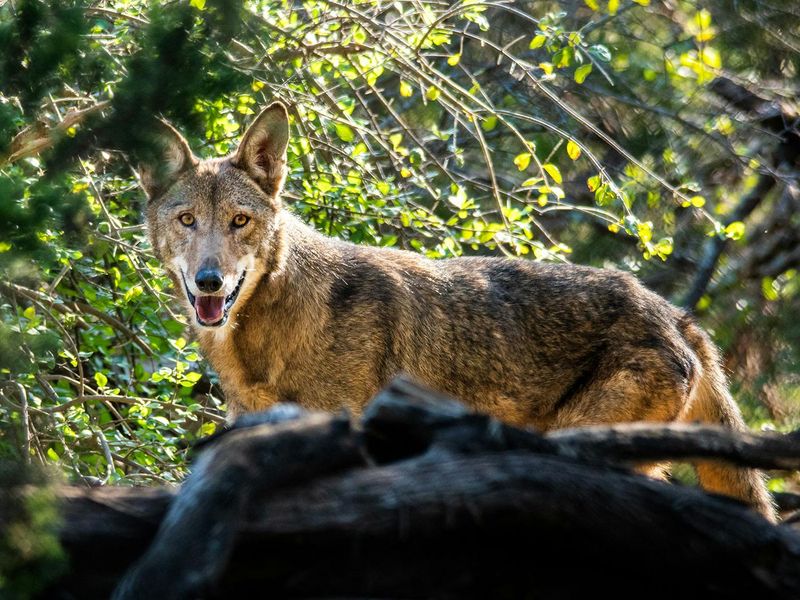
Smaller than gray wolves but larger than coyotes, the distinctive reddish-brown eastern red wolf once roamed throughout the southeastern United States. By the 1980s, they were declared extinct in the wild, surviving only through captive breeding programs.
Hunters and rural landowners continue reporting canids that match neither coyote nor gray wolf descriptions. Recent genetic studies suggest natural hybridization may have preserved some red wolf genes in what researchers call “ghost populations.”
9. Blackfin Cisco
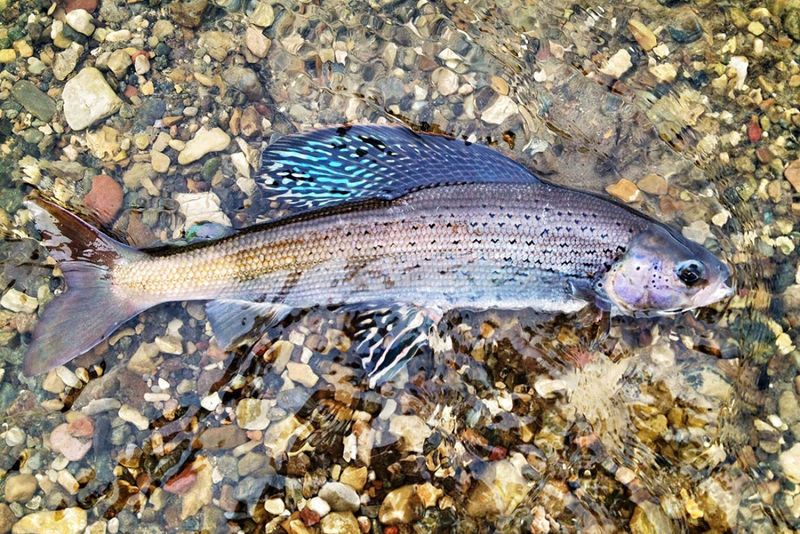
Silver-sided and sleek, these native Great Lakes fish once provided a valuable commercial fishery before pollution and invasive species drove them to apparent extinction by the 1960s. Their distinctive black fins made them easily identifiable to experienced anglers.
Commercial fishing nets occasionally bring up specimens that old-timers swear resemble the vanished cisco. Fisheries biologists investigate these claims cautiously, acknowledging that deep, remote parts of the Great Lakes remain relatively unexplored.
10. Rocky Mountain Locust
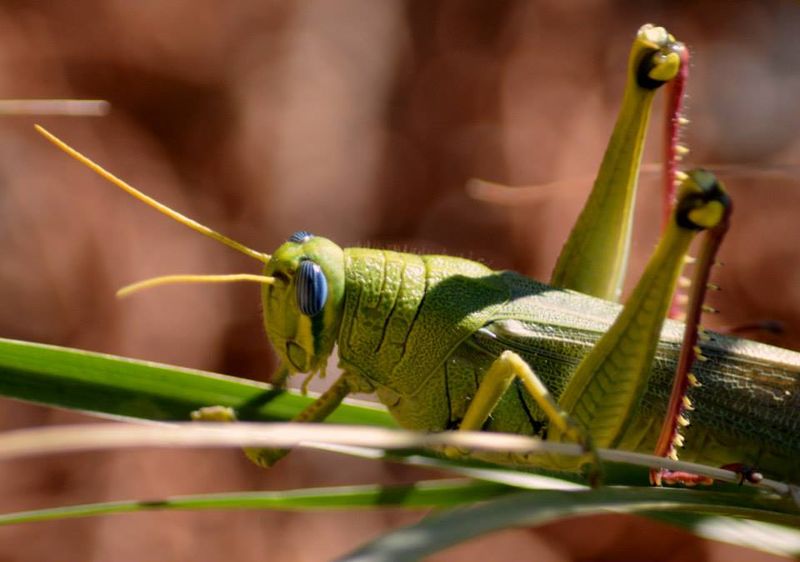
Swarms so vast they blocked the sun for days, the Rocky Mountain locust was once the most abundant grasshopper species on the planet. Their sudden disappearance by 1902 remains one of entomology’s greatest mysteries.
During certain summers, ranchers in isolated mountain valleys report unusual grasshopper population explosions. Entomologists investigate these outbreaks to determine if they represent related species or possibly surviving populations of this agricultural nightmare.
11. Silver Trout
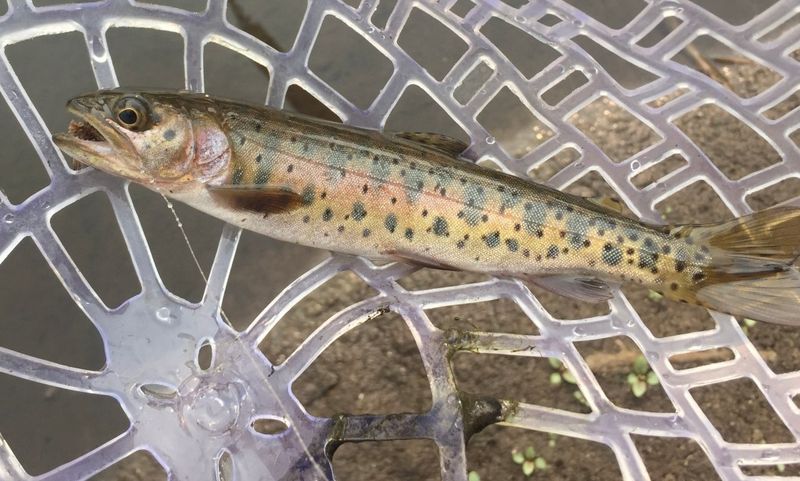
Gleaming like polished metal, these specialized trout once thrived in cold New England waters before disappearing in the early 20th century. Their striking appearance made them prized catches for early sportfishermen.
Fly fishermen occasionally report hooking unusually silvery trout in remote mountain streams. Biologists debate whether these represent surviving silver trout or simply color variations of brook trout adapted to specific habitat conditions.
12. Labrador Duck
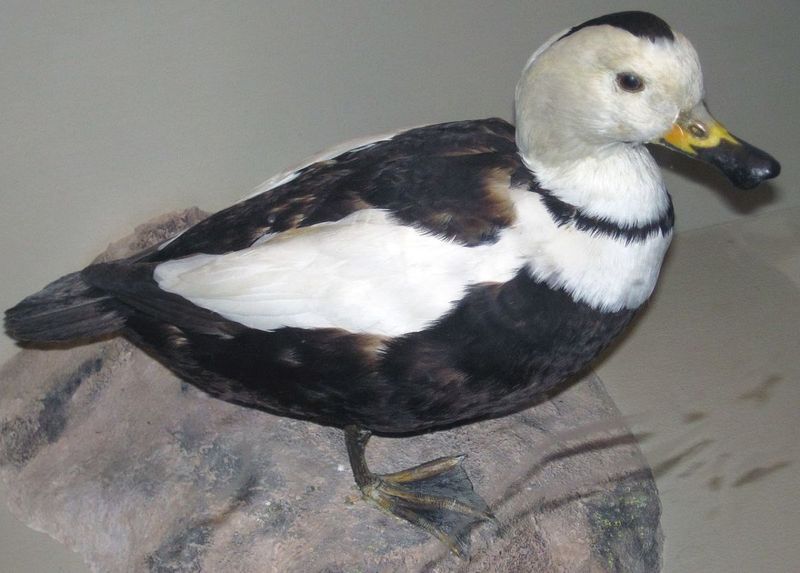
With its striking black and white plumage and unusual bill specialized for shellfish, the Labrador Duck vanished mysteriously by the 1870s. Despite its name, it primarily inhabited northeastern coastal areas rather than Labrador itself.
Waterfowl hunters occasionally report seeing unusual ducks matching no known modern species along isolated Atlantic shorelines. Ornithologists suggest these might be rare hybrid ducks or uncommon winter visitors from Eurasian waters.
13. Blue Pike
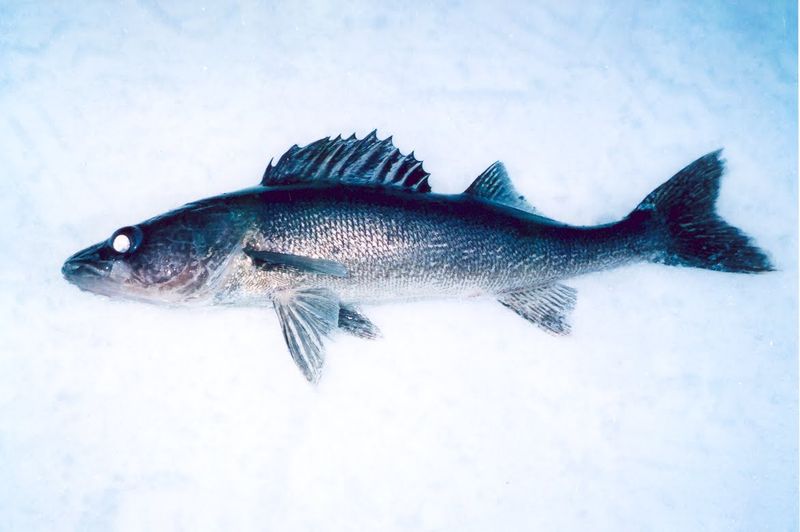
Electric-blue backs and silver sides made these fish stand out in the catches of Great Lakes fishermen before pollution and overfishing eliminated them by the 1970s. Their sweet, firm flesh made them commercially valuable despite their modest size.
Charter captains working Lake Erie’s deeper waters occasionally net fish with the distinctive blue coloration. Genetic testing of these specimens typically reveals them to be color variants of walleye rather than true blue pike.
14. Heath Hen
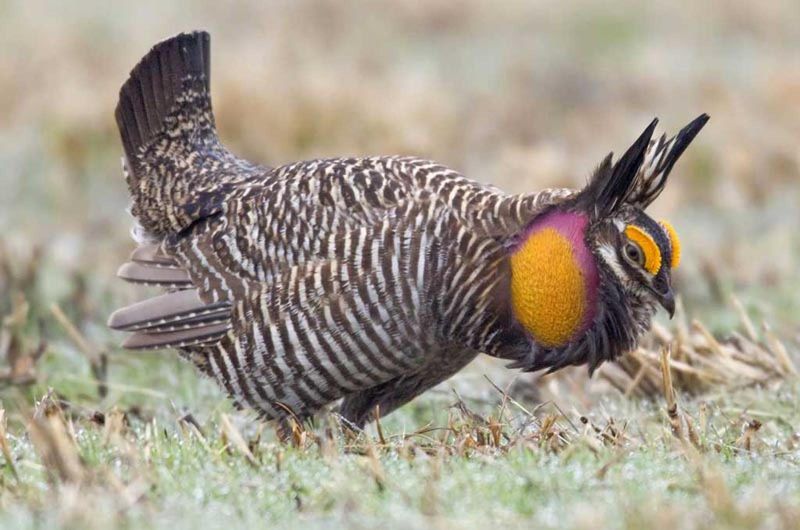
Strutting across eastern grasslands with inflated orange neck sacs, male heath hens once performed elaborate mating displays each spring. This distinctive grouse subspecies disappeared completely by 1932 despite early conservation efforts.
Hikers and outdoors enthusiasts periodically report grouse-like birds in coastal New England areas where the heath hen once thrived. Wildlife officials typically identify these as ruffed grouse or introduced pheasants, though some reports defy easy explanation.
15. Appalachian Elktoe Mussel
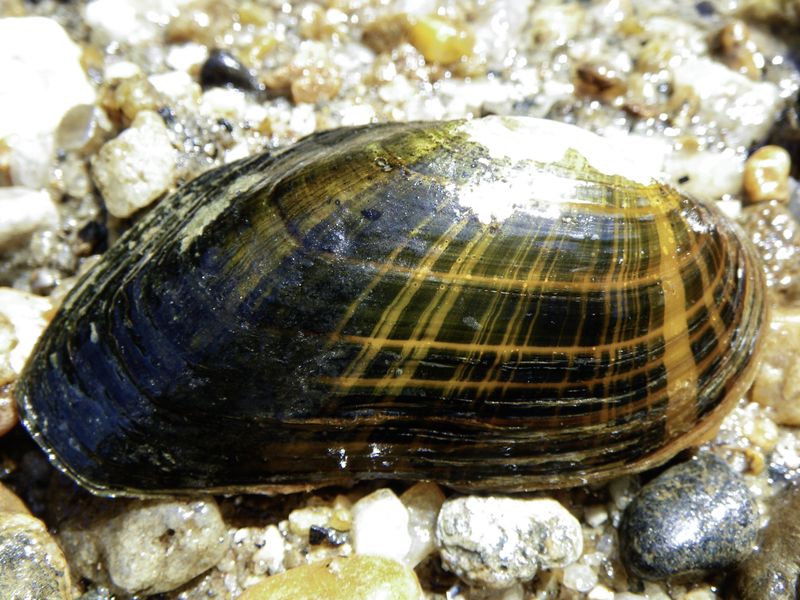
Hidden beneath rushing mountain streams, these freshwater mussels once filtered countless gallons of water daily, their distinctive shell shape resembling an elk’s footprint. Pollution and dam construction decimated many populations by the late 20th century.
Stream surveys occasionally discover isolated pockets of these endangered mollusks in watersheds where they were presumed extinct. Their ability to survive undetected for decades gives hope to conservationists searching for other presumed-extinct aquatic species.






